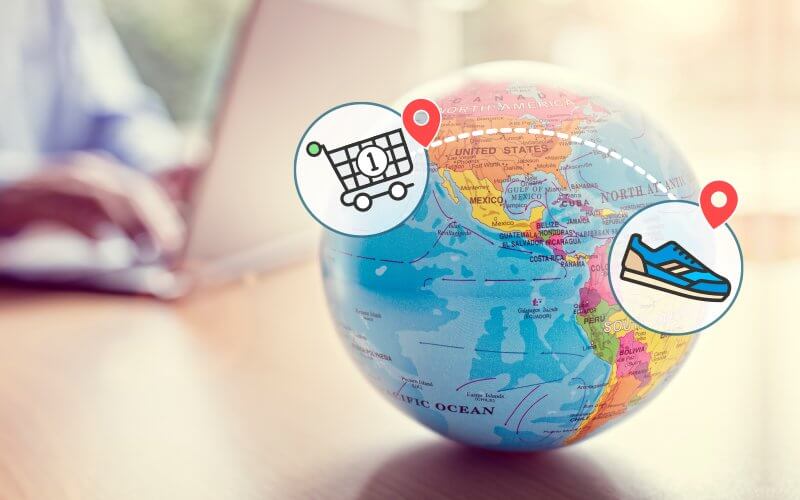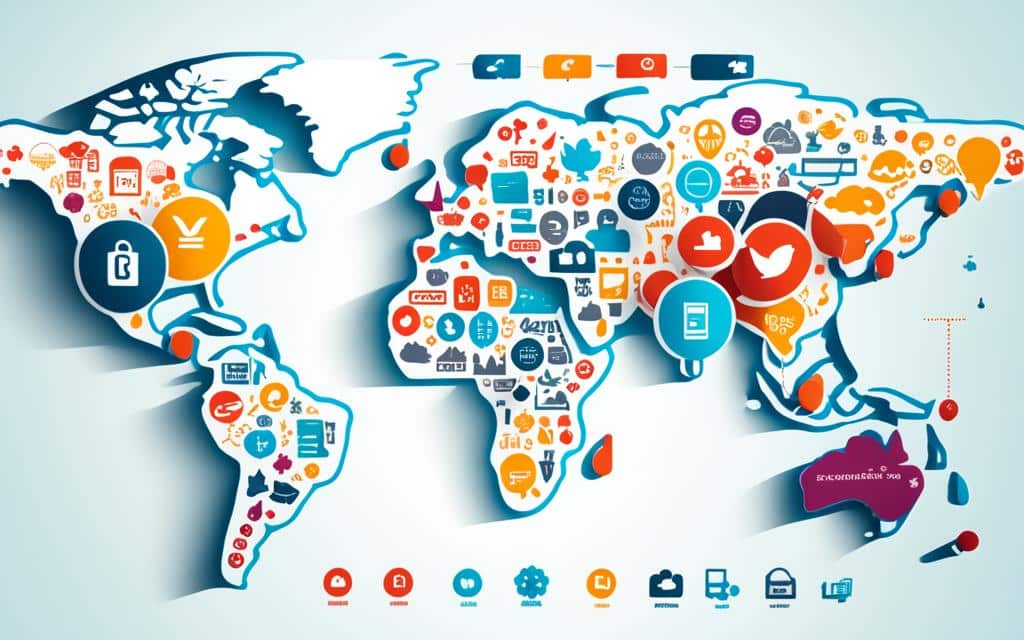How to Build a Cross-Border Brand with Social Media
In today’s digitally connected world, social media platforms have become powerful engines of international brand expansion. For companies aiming to go beyond domestic markets, building a cross-border brand using social media is not just smart—it’s essential.
With platforms like Instagram, TikTok, YouTube, LinkedIn, and Facebook reaching billions of users globally, businesses now have cost-effective tools to engage international audiences, localize content, and drive cross-border conversions—all without needing a physical presence in every country.
Whether you’re a startup entering Southeast Asia, a fashion label targeting the Middle East, or a B2B brand expanding into Europe, this guide outlines how to build a sustainable and scalable cross-border brand using social media.
1. Understand Cultural Nuances and Consumer Behavior
Before creating content or launching ads, research your target markets. What works in one country may not resonate in another.
-
In Japan, consumers value precision, formality, and minimalism.
-
In Brazil, emotion-driven content and humor perform best.
-
In Vietnam and Indonesia, TikTok trends, influencer collaborations, and community-based features drive the most engagement.
Using local market insights helps you avoid cultural missteps and builds trust faster.
🔗 Learn how local culture shapes digital behavior in Asia
2. Choose the Right Platforms for Each Market
Global brands often fail by assuming one platform fits all markets.
-
WeChat and Xiaohongshu dominate in China.
-
TikTok is exploding across Southeast Asia and the Middle East.
-
Instagram is strong in Western markets and youth-driven economies.
-
LinkedIn is ideal for B2B expansion in regions like India and Europe.
A successful cross-border strategy adapts platform selection to where your audience spends time.
📱 Use tools like SimilarWeb or Statista to compare platform popularity across regions.
3. Localize Your Content Strategy
Going global doesn’t mean using English everywhere. Content localization isn’t just about translation—it’s about contextual storytelling.
-
Use local languages for captions and voiceovers.
-
Reflect local festivals, values, and humor in your campaigns.
-
Collaborate with regional influencers to boost authenticity.
For example, a campaign in Thailand during Songkran (Thai New Year) should look very different from one during Diwali in India or Ramadan in Malaysia.
🔗 See how localization helps brands connect with global audiences
4. Leverage Influencer Marketing Strategically
Influencer marketing isn’t just a trend—it’s a bridge to localized trust and authority.
-
In Indonesia, micro-influencers (10K–100K followers) offer high engagement rates in niche markets like halal beauty or local food.
-
In India, regional language creators dominate YouTube and Instagram Reels.
-
In Europe, credibility comes from long-form storytelling and testimonials.
When building a cross-border brand, co-create content with influencers who understand your brand’s tone and the culture of their audience.
🔗 Read more about how influencer strategies are evolving in Asia
5. Use Paid Ads with Regional Targeting
Running paid social campaigns is a cost-effective way to test international markets.
With tools like:
-
Facebook Ads Manager
-
TikTok Business Center
-
LinkedIn Campaign Manager
…you can run A/B tests, target by language, country, city, and even cultural interests. Start with small budgets and test performance across:
-
Different languages
-
Product-market fit by region
-
Ad formats (video, carousels, polls)
Pro Tip: Build custom landing pages for each market to increase conversion rates. This boosts ROI from paid traffic.
🔗 Explore how digital targeting can support sourcing expansion
6. Engage Through Stories and Short-Form Video
Stories (on Instagram, Facebook, LinkedIn) and short-form videos (on TikTok, Reels, YouTube Shorts) are universal languages.
Brands like Shein, Xiaomi, and Canva have used short videos to:
-
Launch product teasers globally
-
Share customer testimonials
-
Show behind-the-scenes production
-
Run time-limited offers
Cross-border content must be visual, bite-sized, and emotionally resonant to capture attention and boost shares.
🎬 Consider tools like CapCut or InShot for mobile-friendly video editing that aligns with regional aesthetics.
7. Build Trust with International Customer Service
Social media is also a customer service channel. When expanding globally, make sure your response times, tone, and channels reflect local expectations.
-
Offer multi-language support via chat or DMs.
-
Set auto-responders based on timezone differences.
-
Consider hiring sourcing agents or local reps who understand market-specific concerns.
🔗 Why working with sourcing agents builds international customer confidence

8. Monitor Analytics and Pivot Based on Data
Your success is measurable. Use analytics to track:
-
Engagement by region
-
Conversion by language
-
Cost-per-click (CPC) and cost-per-acquisition (CPA)
-
Top-performing content per region
Platforms like Meta Insights, TikTok Analytics, and Google Data Studio can consolidate this data to shape future campaigns.
Track, test, and optimize continuously.
9. Collaborate with Local Agents or Market Consultants
Agents aren’t just for sourcing—they’re valuable brand advisors. Local agents can:
-
Suggest trending content themes
-
Identify reliable creators and PR outlets
-
Help with compliance, such as labeling rules or advertising restrictions
For example, advertising food or health products in some countries comes with strict guidelines. Agents help you stay legally compliant and culturally relevant.
🔗 Learn more about how agents support international digital campaigns
Final Thoughts: Go Global, Stay Local
Building a cross-border brand with social media is not about having a global voice. It’s about developing many local voices under one global brand identity.
With the right strategy, tools, and local support, social media can help you:
-
Reach new audiences
-
Test new markets cost-effectively
-
Create loyal communities worldwide
🔗 Ready to go global with local support? Visit BestSourcing-Agent.com to connect with agents and digital advisors who understand regional branding.
